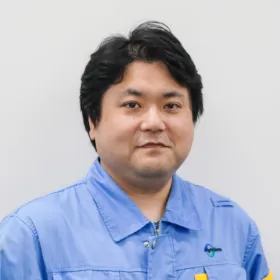
東京研究所
課長 Yさん
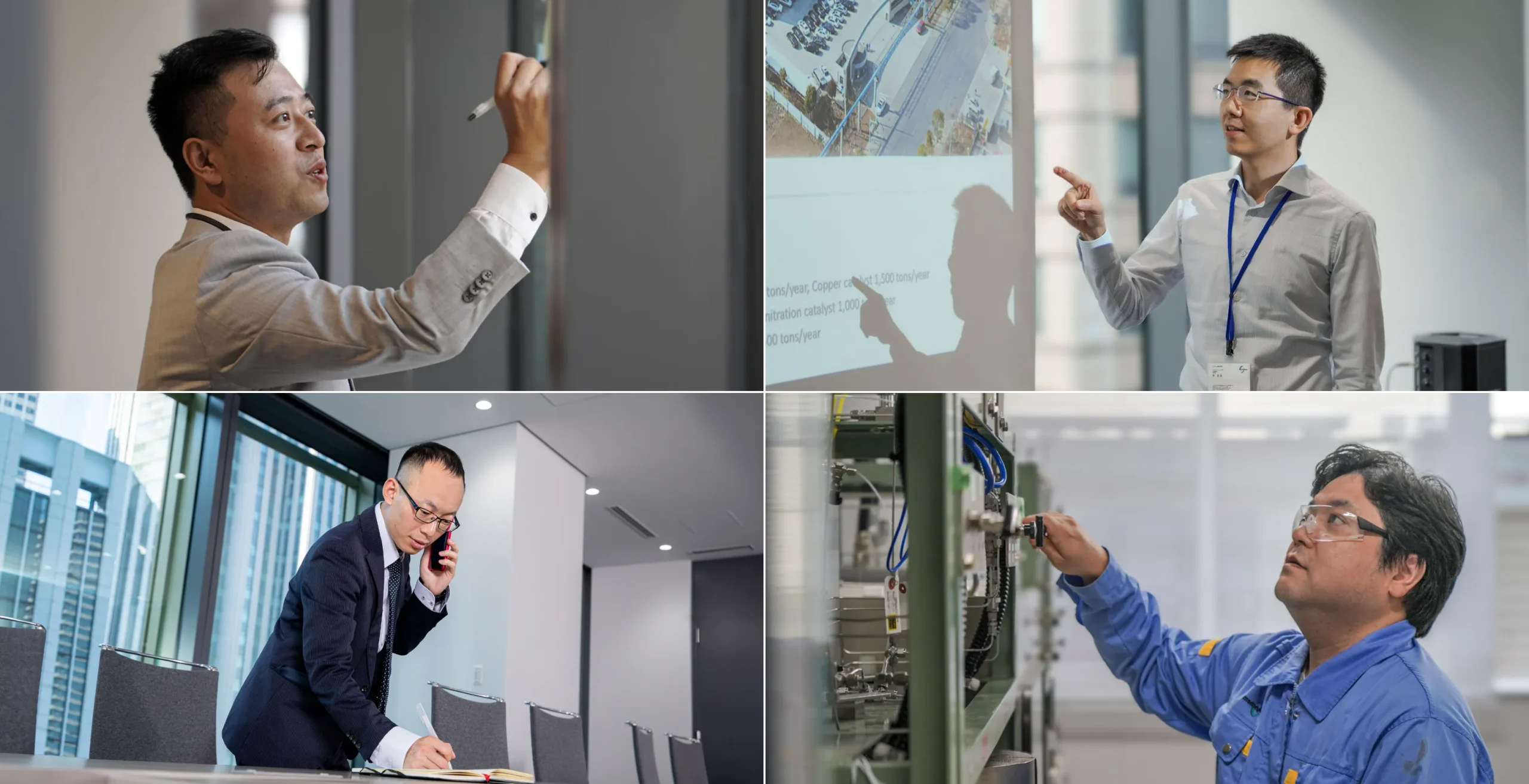
今、「C1ケミカル」が大きな注目を集めている。
自然界に存在する石油や石炭は、だいたいC6からC12ぐらいの炭素の塊だ。C1ケミカルとはこれをバラしながらC1まで分解し、そこから様々な化学品を合成していくという技術のこと。
C1ケミカルが注目を集めているのはこの出発原料の中にCO2いわゆる二酸化炭素が含まれているからだ。カーボンリサイクルやCCUとして知られる、CO2をリサイクルして様々な物質を創り出す技術開発は、今、地球温暖化対策の切り札として大きく注目を集めている。
ハイケムでは、このC1ケミカルの技術開発及び事業化に2010年から取り組み、中国への技術ライセンス事業、触媒の内製化、大型プロジェクトの始動など様々な事業を展開してきた。本日は、ハイケムで活躍する、事業開発及び研究開発を担当する若き4人の社員に、現在の仕事内容や仕事のやりがいについて語ってもらった。
ハイケムが携わっているC1ケミカル事業の中で、コアとなっているのがSEG®技術の開発と中国への大規模なライセンス事業だ。SEG®技術とは、合成ガス(一酸化炭素と水素)を原料とし、エチレングリコール(ポリエステル製造原料の一種)を製造する技術のこと。ハイケムではUBE株式会社と共同で、同社のファインケミカル技術をベースにエチレングリコールを製造する技術を確立し、技術ライセンス事業を展開してきた。現在では、年間総生産能力1000万トン以上のライセンス契約を締結しており、年産約600万トンのプラントが商業運転を開始している。
また、2011年には南通市に自社触媒工場を設立し、エチレングリコール触媒の内製化に着手。ライセンス先への触媒の提供を実現すると同時に、日中の研究所での研究開発力が評価され、様々な触媒の開発にも繋がっている。
現在は、これらのコア事業をベースに様々な新規事業の開拓に繋げている。

東京研究所
課長 Yさん
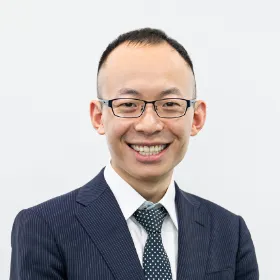
水素エネルギー課
課長 Wさん
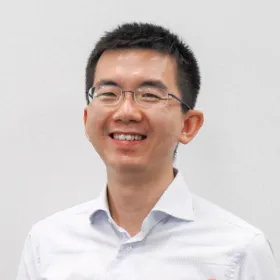
触媒事業部
Sさん
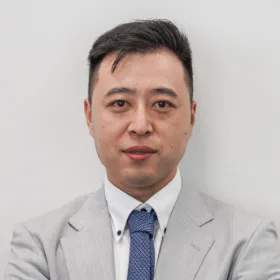
炭素・イノベ課
Cさん

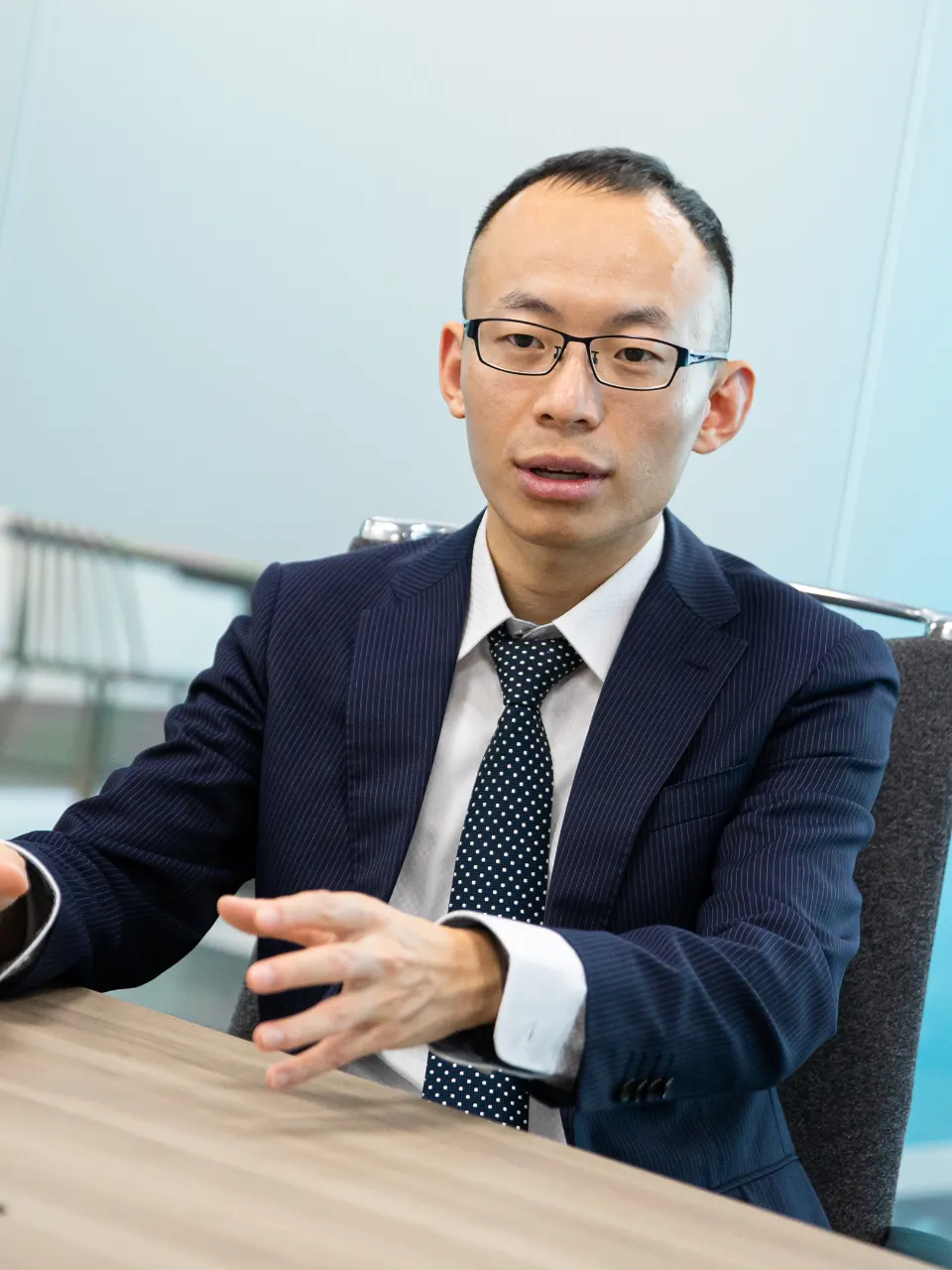
― 大学で航空工学及びエンジニアリングを学んだWさんがけん引するのは、中国の巨大石炭産地である楡林市での数々のビッグプロジェクトだ。
W 中国の石炭の一大産地となる陝西省の楡林市で石炭大手の陝西煤業が展開する世界最大の年産180万トンのSEG®プロジェクトが立ち上がりました。私は入社してすぐこの180万トンのプロジェクトに携わり、現地企業と一緒に設備の調達や基本設計、HAZOP※などに参加して参りました。また、このプロジェクトではライセンスだけでなく事業投資も行う経営判断があり、設備の調達、設計のレビュー、プラント建設時には現場の進捗などを会社にフィードバックするなど重要な仕事に携わり、プロジェクトを成功に導くことができました。
※HAZOP(Hazard and Operability Studies):自社開発の新規化学プロセスを対象として、潜在危険性をもれなく洗い出し、それらの影響・結果を評価し、必要な安全対策を講ずることを目的として開発されたプロセス危険性の特定手法
その後新たに楡林で電解液溶媒の新規プラントを立ち上げるプロジェクトが持ち上がりました。社長の構想から始まり、現場との接触、合弁会社設立のための契約や交渉など、プロジェクトの立ち上がりから、実行まで網羅的な仕事に携わり、新しい経験を積むことができました。
また、投資事業の拡大と同時に、楡林にてハイケムの北方本部設立の話が持ち上がり、楡林に駐在して、会社の設立に関する重要な業務に携わったこともよい思い出です。1年ほど楡林に駐在し、2021年に本部を設立できたときは本当に嬉しかった。
その後は日本に帰国して、新規事業である水素課の課長を任されました。水素はグリーンエネルギーとして注目を集め、社会的にも大きく貢献ができる技術です。個人のチカラだけでは推進することは難しいですが、会社のサポートをいただきながら、これまでのように一つでも多くのプロジェクトが成功に導いていきたいです。
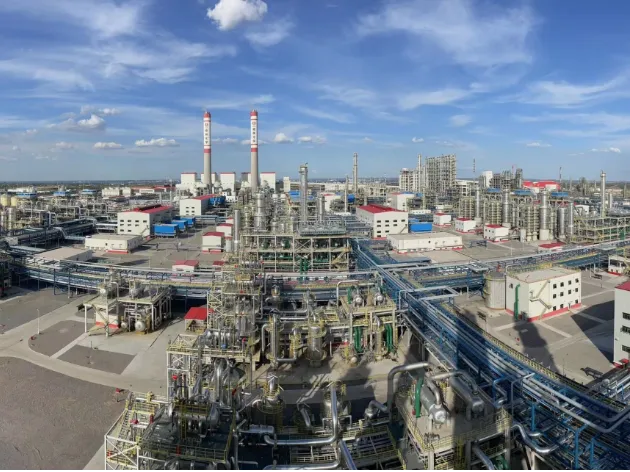
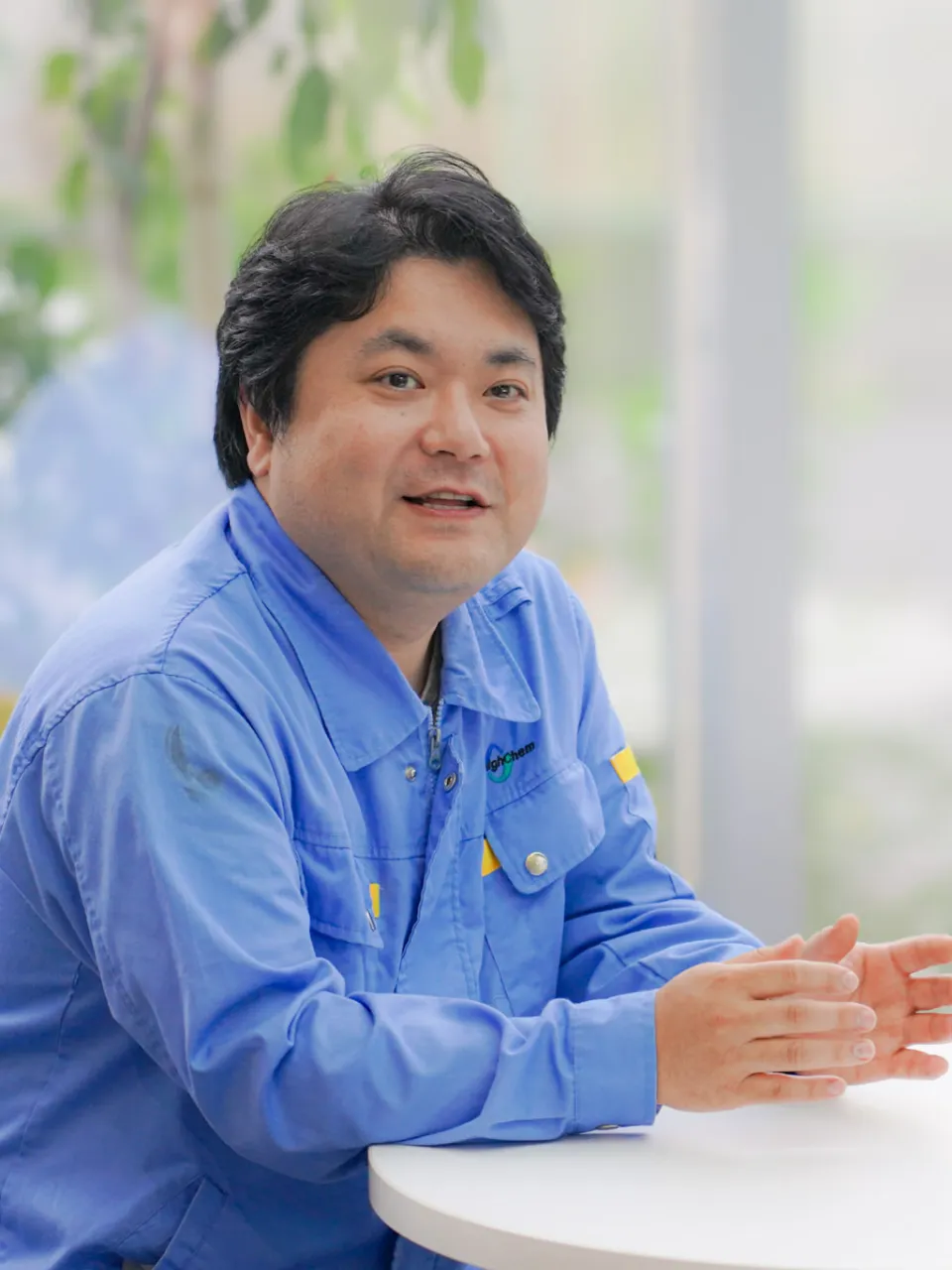
― 触媒の研究開発に大学時代から取り組むYさんは、CO2をリサイクルして繊維の原料となるパラキシレンを製造するというこれまでにない技術を開発する、研究開発の責任者だ。
Y 私は、大学時代からずっと触媒の研究開発の仕事に従事してきました。ハイケムに入社してからはエチレングリコール触媒の改良などの仕事に携わっていましたが、2020年からはCO2を原料とするパラキシレン製造の研究開発を行っています。このプロジェクトはNEDO(国立研究開発法人新エネルギー・産業技術総合開発機構)に採択され、富山大学や千代田化工などの大手企業と共同で開発を進めるものです。
世の中にないような最先端の技術を開発していく仕事なので、友人に「CO2を衣服に変えるような研究を行っている」といったら、そんなことありえないといわれます(笑)。そんな最先端の研究開発に携わっていることは、自分にとって、高いモチベーションになりますね。また、自分の研究が、SDGsの達成や社会的に貢献できることも研究者冥利に尽きる点です。
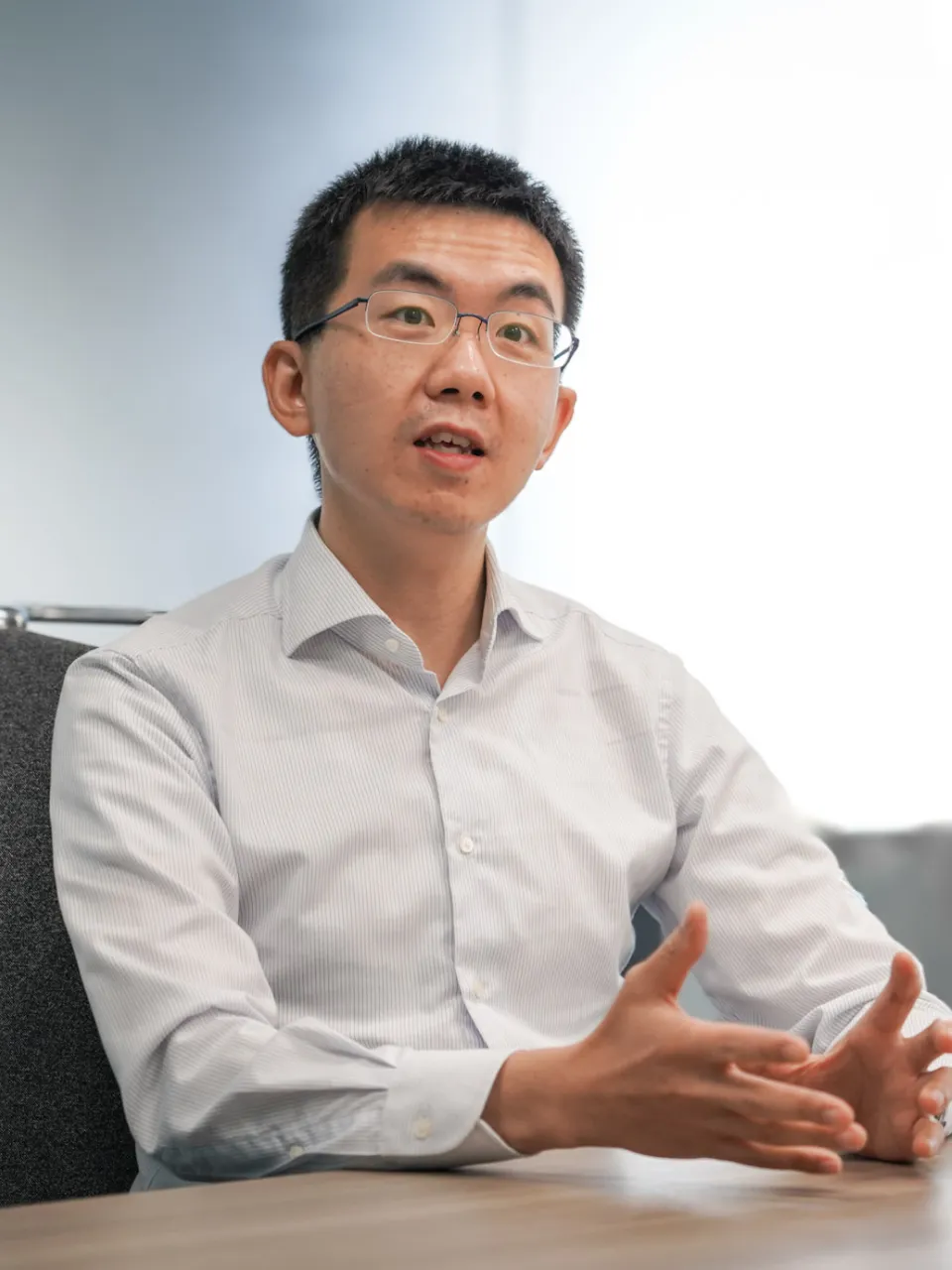
― 中国大手石油メーカー出身で、海外経験が豊富なSさんの活躍により、日中の枠を超えて、東南アジアでのプロジェクトにも繋がっている。
S 日本のカーボンリサイクル技術を東南アジアの顧客に紹介する仕事です。これは、2022年にNEDOの事業として採択され、展開可能性の調査に着手しました。CO2を原料としてメタンやメタノールを合成する日本の技術を東南アジアで展開できるかどうかの調査ですが、2023年に完了し、現在は顧客が情報の精査を行っているところです。うまくいけば、2030年にはCO2をリサイクルして化学品原料を作る日本の技術が、東南アジアで大型のプラントとして立ち上がり、温暖化防止の一躍を担うようになります。
日本の石油化学の技術は高く世界に誇れるものですが、国土が狭いためパイロット以上の大きな実機設備がなかなかありません。これらの技術を中国や東南アジアなどの広大な立地で実現させるのはとても大きく醍醐味のある仕事ですね。また、日本の国際協力強化にも寄与することができます。
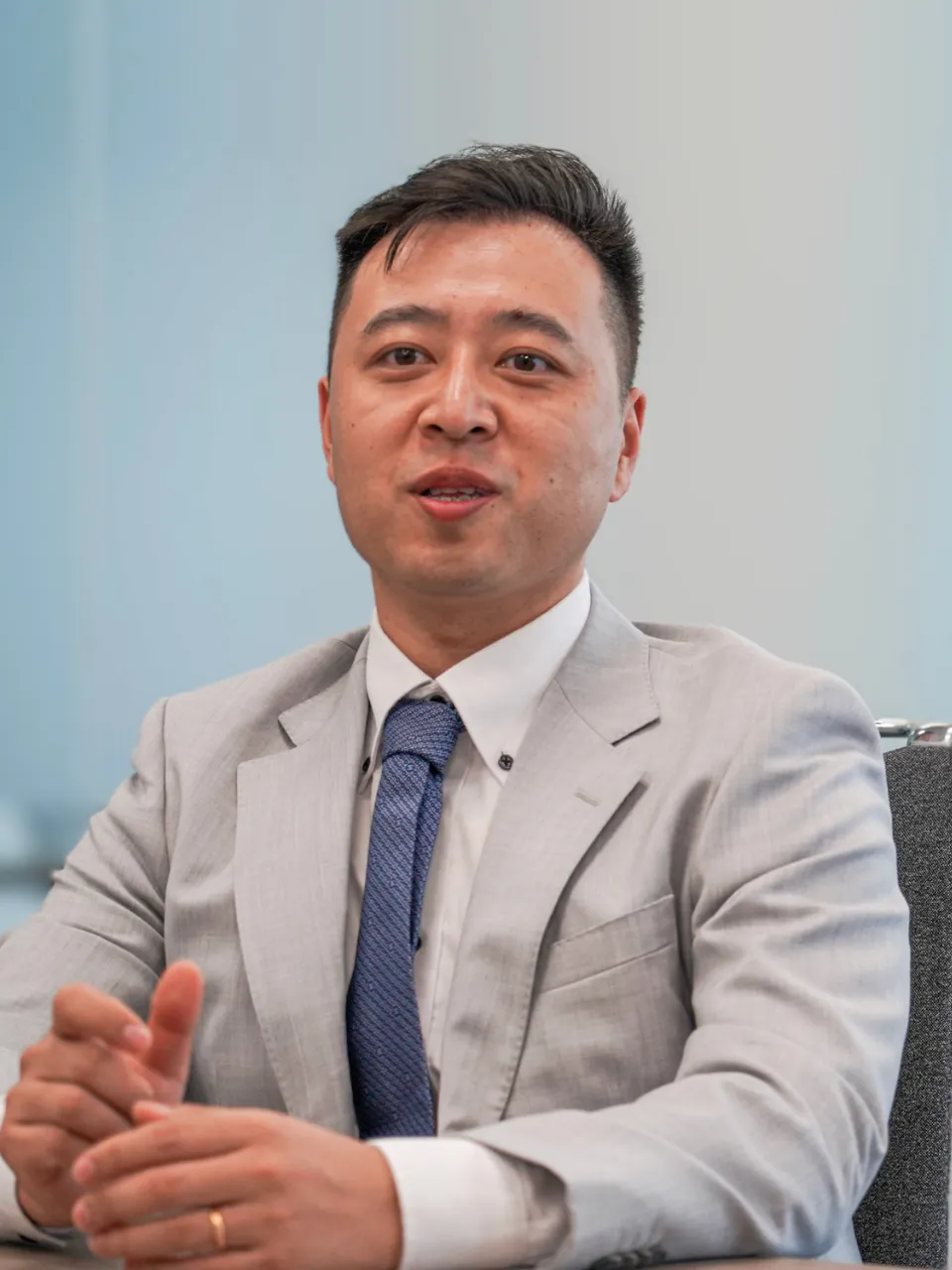
― C1ケミカルの技術をバイオテクノロジーでの技術開発に繋げているのは大学でナノ材料の研究に従事したCさんだ。
C 国のプロジェクトとして取り組んでいるのが、「規格外ココナッツから持続可能な航空燃料(SAF)の製造」に関する技術開発です。SAFについては今世界中が注目しています。また、バイオテクノロジーを活用した化学品や生分解性材料の事業開発などの最先端のテーマにも取り組んでいます。
ハイケムでの事業開発は、テーマを見つけることも重要な仕事です。様々な論文や特許を検証し、研究テーマを見つけ、社長や事業部長から面白くて実現可能性の高いものを判断してもらい開発案件を見つけていきます。これらの開発案件を一つでも多く商業化に成功させることが私の最大のミッションです。
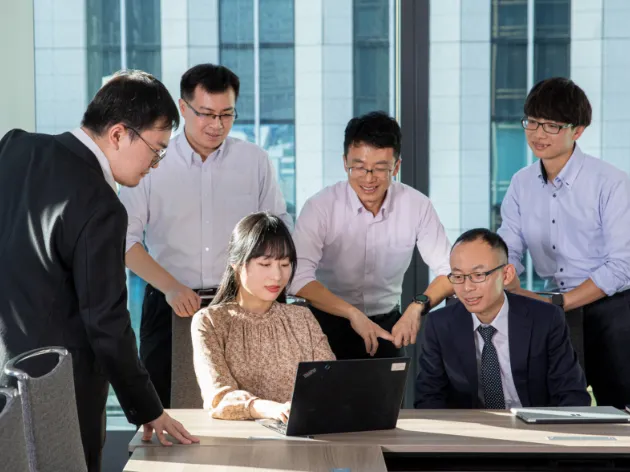
― ハイケムで最先端の事業開発や研究開発に取り組む彼らに、ハイケムで働くことの面白さを聞いてみた。
1. 常に新しいチャレンジができる

S ハイケムで働く上で面白い点は、常に新しい挑戦ができる点です。
NEDOのプロジェクトでは、言語や文化の違い、環境規制など、多くの課題に直面しました。特に、現地での技術導入や協力企業の選定など、地道な交渉と調整が必要でしたし、政府関連の調整と連携には、熟練の交渉力が不可欠となりました。
各国の法律や規制、関税などの違いを理解し、それに合わせてプロジェクトを調整することは、多くの労力が必要ですが逆にやりがいを感じる部分でもあります。これらのハードルを越えることが、プロジェクトの成功に向けた重要なステップであり、新たな市場に足跡を刻む貴重な機会となり、個人的にも非常に充実感を得られる部分でしたね。

C そうですね。ハイケムは商社として日本と中国の化学業界において情報収集の能力は極めて高いです。また、触媒においては、研究開発と製造の現場において一目置かれる存在になっています。更に、中国と日本のギャップをうまく捉えてビジネスを展開してきています。これらのハイケムのバッググラウンドを利用できるからこそ、様々な新しいことに挑戦できるのかなと思います。

W また、幅広い仕事に携われるということも魅力の一つですね。前職では自分の仕事の範囲は決まっていて、その専門性を極めていくということが仕事でした。でもハイケムでは、仕事を成功に導くためにあらゆることにアンテナを張っておく必要があります。技術もそうですがビジネス面の知識も必要ですね。あとは、接待での立ち回りや契約の交渉、時には総務的な仕事までこなす必要もあります。仕事の全体像を把握して自分が今なすべきことを考える必要性があり、新しい様々なことを勉強できる点に面白味を感じています。

Y 仕事をする上である程度の「自由」が許容されている点も研究開発を行うものにとっては面白い点です。プロジェクト内でこういう風に進めたいといえば、特に否定されることなく、やってみたらという感じでいわれることが多いです。そういうことは前職ではなかったことですね。以前は、上の人に何段階も承認を得たうえで初めて実行できる感じでした。
2. 同僚に優秀な人が多い

S もう一つ、ハイケムの面白いところは同僚に優秀な方が多いという点です。特に私が所属する触媒課には博士課程を修了している方が多く、優秀な方々から情報共有をいただいたり、勉強したりできることは非常に有意義で自分の成長に繋がります。

W そうですね。自分が推進したプロジェクトでは、様々な知識やノウハウを持っている人が集まってチームを構成していました。中国の産業チェーンに詳しい人、原料からどのような化学品ができるかに詳しい人、社内の事情に通じている人などなど、東京のスタッフを始め鄭州支店、西安支店、北京支店のスタッフが一丸となってプロジェクトを推進しました。
各々が自分の能力を発揮して、同じゴールに向かって何が何でもゴールを達成するぞという雰囲気があり、このような人材が集結していることこそ、ハイケムが様々なことを達成に導いてきた理由なのだと実感しています。
― 本日は、ありがとうございました。